Animals are a fascinating and diverse group of organisms that have captivated humans for centuries. From the smallest insects to the largest mammals, animals come in all shapes and sizes, with a wide range of behaviors and adaptations that allow them to survive in a variety of environments.
In this article, we will explore the world of animals, looking at their characteristics, behaviors, and habitats. We will delve into the different types of animals, from invertebrates like insects and spiders to vertebrates like fish, birds, and mammals. We will also examine the ways in which animals interact with their environment, from hunting and foraging to migration and hibernation.
Table of Contents
Animals | Types of Animals
Animals are a diverse group of living organisms that inhabit the earth. The animal kingdom is divided into several groups based on their characteristics and features.
Overview of Vertebrates
Vertebrates are a diverse group of animals that possess a backbone, which is made up of a column of vertebrae. They are characterized by a distinct head, with a differentiated tubular brain and three pairs of sense organs (nasal, optic, and otic). Vertebrates have an internal skeleton formed of cartilage, bone, or both.
Vertebrates have several distinguishing characteristics that set them apart from invertebrates. These include:
- An internal skeleton made up of cartilage, bone, or both
- A distinct head with a differentiated tubular brain and three pairs of sense organs
- A closed circulatory system with a heart that pumps blood through vessels
- A well-developed respiratory system, with lungs or gills for breathing
- A complex nervous system, with a spinal cord and a brain that coordinates sensory input and motor output
- A digestive system with specialized organs, such as a stomach and intestines, for breaking down food
- Sexual reproduction, with internal fertilization and the development of embryos within the female’s body
Overview of Invertebrates
Invertebrates are a diverse group of animals that make up more than 90% of all living animal species. Unlike vertebrates, they lack a backbone or vertebral column. Invertebrates are found in almost every habitat on Earth, from the deep sea to freshwater streams and from deserts to rainforests. They come in a wide range of sizes, from tiny microscopic organisms to large animals like the giant squid.
One of the defining characteristics of invertebrates is their lack of a backbone. Instead, they have a range of other structural features that provide support and protection. Some invertebrates, like insects and spiders, have an exoskeleton made of chitin, while others, like jellyfish and worms, have a hydrostatic skeleton that uses fluid pressure to maintain shape. Invertebrates also have a wide range of body plans, from simple radial symmetry to complex bilateral symmetry.
Invertebrates have a diverse range of feeding strategies, from filter feeding to predation. Some, like sponges, are filter feeders that passively capture food particles from the water. Others, like spiders and snakes, are predators that actively hunt and capture prey. Many invertebrates are also decomposers, breaking down dead organic matter and recycling nutrients in the ecosystem.
Vertebrates
There are five main types of vertebrates: fishes, amphibians, reptiles, birds, and mammals. Each group has its own unique characteristics and adaptations that allow them to survive in different environments.
Mammals
Mammals are a group of animals that have hair or fur, are warm-blooded, and produce milk to feed their young. They are found in almost every environment on earth, from the oceans to the deserts. Some common examples of mammals include dogs, cats, horses, cows, and humans. Mammals are further divided into subgroups such as primates, rodents, carnivores, and ungulates.
Mammals are a diverse group of animals that can be categorized into three main types: Monotremes, Marsupials, and Placental Mammals. Each type of mammal has unique characteristics that distinguish them from the others.
Marsupials
Marsupials are a group of mammals that give birth to relatively undeveloped young that complete their development in an external pouch called a marsupium. Marsupials are found mainly in Australia and the Americas, and include animals such as kangaroos, wallabies, koalas, opossums, and wombats.
Monotremes
Monotremes are the most primitive type of mammal and are unique in that they lay eggs instead of giving birth to live young. They are also the only mammals that lack nipples, and instead, they secrete milk from specialized glands on their skin. Monotremes are only found in Australia and New Guinea and include the platypus and the echidna.
Placental Mammals
Placental mammals are the most diverse group of mammals and include animals such as cats, dogs, bears, rodents, whales, and humans. Unlike monotremes and marsupials, placental mammals give birth to fully developed young that are nourished by a placenta, which is an organ that connects the developing fetus to the mother’s blood supply. Placental mammals are further divided into several orders, including primates, carnivores, ungulates, and rodents.
Birds
Birds are a group of animals that have feathers, wings, and beaks. They are warm-blooded and lay eggs. Birds are found in almost every environment on Earth, from the Arctic to the tropics. Some common examples of birds include eagles, owls, penguins, and parrots. Birds are further divided into subgroups such as raptors, waterfowl, and songbirds.
Reptiles
Reptiles are a group of animals that have dry, scaly skin and lay eggs. They are cold-blooded, which means that their body temperature changes with the environment. Reptiles are found in almost every environment on Earth, from the deserts to the rainforests. Some common examples of reptiles include snakes, lizards, turtles, and crocodiles. Reptiles are further divided into subgroups such as snakes, lizards, and turtles.
Amphibians
Amphibians are a group of animals that have moist, smooth skin and lay eggs in water. They are cold-blooded and have a unique life cycle that involves metamorphosis from a larval stage to an adult stage. Amphibians are found in almost every environment on Earth, from the rainforests to the deserts. Some common examples of amphibians include frogs, toads, and salamanders. Amphibians are further divided into subgroups such as frogs and salamanders.
Fish
Fish are a group of animals that live in water and breathe through gills. They are cold-blooded and have a streamlined body that helps them move through the water. Fish are found in almost every environment on earth, from the oceans to the rivers. Some common examples of fish include salmon, trout, and sharks. Fish are further divided into subgroups such as bony fish and cartilaginous fish.
Invertebrates
Invertebrates are a diverse group that includes many different types of animals. Some of the major groups of invertebrates include:
Arthropods
Arthropods are a diverse group of animals that make up the largest phylum in the animal kingdom. They are characterized by their segmented bodies, jointed appendages, and exoskeletons. Arthropods can be found in almost every habitat on Earth, and they play important roles in many ecosystems. In this section, we will discuss the major groups of arthropods, including insects, arachnids, crustaceans, and myriapods.
Insects
Insects are the most diverse group of arthropods, with over 1 million species identified. They are found in almost every habitat on Earth, from the depths of the ocean to the tops of mountains. Insects are characterized by their three-part body, six legs, and often, wings. They play important roles in pollination, pest control, and nutrient cycling. Some examples of insects include butterflies, bees, ants, and grasshoppers.
Crustaceans
Crustaceans are a group of arthropods that includes crabs, lobsters, shrimp, and barnacles. They are found in aquatic environments, from freshwater streams to the depths of the ocean. Crustaceans are characterized by their two-part body, multiple legs, and often, claws. Many crustaceans are important food sources for humans and other animals. Some examples of crustaceans include the king crab, the lobster, and the shrimp.
Arachnids
Arachnids are a group of arthropods that includes spiders, scorpions, ticks, and mites. They are characterized by their two-part body, eight legs, and lack of wings. Arachnids are found in a variety of habitats, from deserts to rainforests. Many arachnids are predators and play important roles in controlling insect populations. Some arachnids, such as ticks and mites, can transmit diseases to humans and other animals.
Myriapods
Myriapods are a group of arthropods that includes centipedes and millipedes. They are found in a variety of habitats, from forests to deserts. Myriapods are characterized by their long, segmented bodies and multiple legs. Many myriapods are predators, while others feed on decaying plant matter. Some examples of myriapods include the giant centipede and the millipede.
Echinoderms
Echinoderms are a phylum of invertebrates that includes sea stars, sea urchins, and sea cucumbers. They are characterized by their radial symmetry and the presence of a water vascular system. Echinoderms are found in marine habitats.
- Brittle Star
- Crinoid
- Ophiura Ophiura
- Sand Dollar
- Sea Cucumber
- Sea Lily
- Sea Urchin
- Starfish
Mollusks
Mollusks are a diverse group of invertebrates that include snails, clams, octopuses, and squid. They are characterized by their soft bodies and hard shells. Mollusks are found in marine, freshwater, and terrestrial habitats.
- Abalone
- Ark Clam
- Barnacle
- Basket Clam
- Chiton
- Clam
- Cuttlefish
- Mussel
- Octopus
- Oyster
- Scallop
- Slug
- Snail
- Squid
- Sweet Snail
- Tusk Shell
Annelids
Annelids are a phylum of invertebrates that includes earthworms, leeches, and polychaete worms. They are characterized by their segmented bodies and the presence of bristles called chaetae. Annelids are found in marine, freshwater, and terrestrial habitats.
Cnidarians
Cnidarians are a phylum of invertebrates that includes jellyfish, corals, and sea anemones. They are characterized by their radial symmetry and the presence of stinging cells called cnidocytes. Cnidarians are found in marine habitats.
Animal Habitats
Animals can be found in a wide variety of habitats across the world, ranging from lush forests to arid deserts.
Forest Animals
Forests are home to a diverse range of animal species, from small insects to large mammals. There are two main types of forests: temperate and tropical. Temperate forests are found in regions with moderate climates, while tropical forests are found in areas with high temperatures and rainfall.
There are many forest animals. Some of the animals that can be found in temperate forests include deer, bears, wolves, and squirrels. In tropical forests, you might find monkeys, parrots, snakes, and jaguars. Many animals in these habitats have adapted to living in the trees, such as monkeys and sloths.
Aquatic Animals
Aquatic animals are animals that live in water for most or all of their lives. They can be found in oceans, rivers, lakes, and other bodies of water. Aquatic animals come in many shapes and sizes, from tiny plankton to massive whales.
Many aquatic animals have adapted to their environment in unique ways. For example, some fish have developed special organs called gills that allow them to extract oxygen from water. Other animals, like dolphins and whales, are able to hold their breath for long periods of time and surface to breathe air.
Aquatic animals are animals that live in the water. They are found in a wide range of aquatic environments, including oceans, lakes, rivers, and ponds. Aquatic animals are divided into two main types: marine animals and freshwater animals.
Marine Animals
Marine animals are those that live in saltwater environments such as oceans and seas. These animals have adapted to live in a high-salinity environment, which can be challenging for many other types of animals. Some examples of marine animals include:
- Fish: Fish are the most common type of marine animal. They come in a wide range of sizes and shapes, from tiny seahorses to massive whales.
- Sharks: Sharks are a type of fish that are known for their sharp teeth and powerful jaws. They are found in all of the world’s oceans and are among the top predators in the marine ecosystem.
- Whales and Dolphins: Whales and dolphins are large marine mammals that are known for their intelligence and social behavior. They are found in all of the world’s oceans and are popular with tourists who go on whale-watching tours.
Freshwater Animals
Freshwater animals are those that live in freshwater environments such as rivers, lakes, and ponds. These animals have adapted to live in a low-salinity environment, which can be challenging for many marine animals. Some examples of freshwater animals include:
- Frogs: Frogs are amphibians that are found in freshwater environments around the world. They are known for their distinctive croaking sound and their ability to jump long distances.
- Turtles: Turtles are reptiles that are found in freshwater environments around the world. They are known for their hard shells and their ability to retract their heads and limbs inside their shells for protection.
- Fish: Freshwater fish are a diverse group of animals that come in a wide range of sizes and shapes. Some examples of freshwater fish include trout, bass, and catfish.
Desert Animals
Deserts are harsh and unforgiving environments, but they are also home to a surprising number of animal species. These animals have adapted to the extreme temperatures and lack of water in order to survive.
Some of the animals that can be found in deserts include snakes, lizards, camels, and coyotes. Many of these animals are nocturnal, meaning they are active at night when the temperatures are cooler.
- Armadillo
- Bighorn sheep
- Black widow spider
- Camel
- Centipede
- Coati
- Cobra
- Coral snake
- Coyote
- Eagle
- Fennec fox
- Gecko
- Gila monster
- Iguana
- Jackrabbit
- Kangaroo rat
- Llama
- Long-nosed bat
- Meerkat
- Ostrich
- Rattlesnake
- Scorpion
- Tortoise
- Vulture
- Xerus
Grassland Animals
Grasslands are vast open spaces that are home to a variety of animal species. These habitats are characterized by their wide-open spaces and lack of trees.
Some of the animals that can be found in grasslands include bison, zebras, gazelles, and prairie dogs. Many grassland animals have adapted to living in herds, as this provides them with protection from predators.
Farm Animals
Farm animals are domesticated animals that are raised or kept on farms for various reasons such as meat, milk, eggs, wool, and other products. They are an essential part of agriculture and play a crucial role in the food supply chain.
Farm animals are essential to agriculture and play a crucial role in the food supply chain. They are relatively easy to raise and require minimal care. Understanding the characteristics of various farm animals can help farmers raise them more efficiently and sustainably.
Mountain Animals
Mountain animals are a diverse group of creatures that have adapted to the unique challenges of living in high-altitude environments. These animals can be found in mountain ranges all over the world, from the Himalayas to the Rocky Mountains.
Some of the most iconic mountain animals include the snow leopard, the bighorn sheep, and the mountain gorilla. However, there are many other fascinating creatures that call the mountains home, such as the alpine marmot, the golden eagle, and the Himalayan tahr.
Rainforest Animals
Rainforests are some of the most biodiverse ecosystems on the planet. They are home to a vast array of animal species, from the largest land mammal to the smallest insect. In fact, 50% of the earth’s animal species live in the rainforest, even though rainforests only cover 6% of the earth’s surface.
One of the most iconic rainforest animals is the jaguar. This large cat is found throughout the rainforests of Central and South America. Jaguars are powerful hunters and can take down prey much larger than themselves. Other large predators in the rainforest include the anaconda, which is one of the largest snakes in the world, and the harpy eagle, which is one of the largest birds of prey.
In addition to predators, the rainforest is also home to a variety of prey animals. Some of the most interesting prey animals include the sloth, which moves slowly and spends most of its life hanging upside down from trees, and the poison dart frog, which has bright colors that warn predators of its toxicity.
Tundra Animals
Tundra animals are well adapted to the harsh and extreme conditions of the Arctic and alpine tundras. They have evolved unique physical and behavioral characteristics that help them survive in these challenging environments. Some of the common tundra animals are:
- Arctic Fox
- Caribou
- Polar Bear
- Muskox
- Arctic Hare
- Snowy Owl
- Lemming
- Arctic Wolf
- Snow Goose
- Ermine
Wild Animals
Wild animals are a diverse group of living organisms that are classified into different categories based on their physical characteristics, behavior, and habitat. The classification system for wild animals is based on the same principles as the classification system for all living organisms, which is known as taxonomy.
Here are some common wild animals:
- Lion
- Tiger
- Elephant
- Giraffe
- Zebra
- Gorilla
- Hippopotamus
- Crocodile
- Grizzly Bear
- Kangaroo
- Koala
- Wolf
- Deer
- Moose
- Coyote
- Fox
- Bobcat
- Rabbit
- Squirrel
- Raccoon
Zoo Animals
Zoo animals have unique behaviors and habits that differ from their wild counterparts.
Here are some common zoo animals:
- Lion
- Tiger
- Giraffe
- Elephant
- Chimpanzee
- Gorilla
- Zebra
- Hippopotamus
- Crocodile
- Flamingo
- Penguin
- Koala
- Kangaroo
- Lemur
- Red Panda
- Meerkat
- Snake
- Alligator
- Toucan
- Sloth
Endangered Animals
The world is home to numerous species of animals, but unfortunately, many of them are at risk of becoming extinct. These animals are classified as endangered, meaning they face a high risk of extinction in the near future. Here’s a list of some endangered animals:
- African Elephant
- Amur Leopard
- Black Rhino
- Bornean Orangutan
- Cross River Gorilla
- Hawksbill Turtle
- Javan Rhino
- Leatherback Turtle
- Mountain Gorilla
- Saola
- Sea Otter
- Siberian Tiger
- Sumatran Elephant
- Sumatran Orangutan
- Vaquita
- Western Lowland Gorilla
- Yangtze Finless Porpoise
Animal Classification
All animals are classified into groups based on their similarities and it is important for recognizing and understanding how they are related and the more characteristics that they share the more specific the classification group is. All animals are classed by a number of different categories which are:
- Domain
- Kingdom
- Phylum
- Class
- Order
- Family
- Genus
- Species
In simplified terms, domain determines whether something is animal, plant, fungi, etc while kingdom determines whether something is a vertebrate (has a backbone) or an invertebrate (no backbone) or is something else such as a jellyfish. The class decides whether something is a mammal, bird, reptile, amphibian, or fish, etc.
There are many different orders that an animal can be, but some of them include primate, even-toed animals, carnivores, rodents, bats, or cetacea (whales, dolphins, porpoises, etc).
Family is when each order is divided even further. For example, Carnivora is split into equine (horse), Felidae (cat), etc. Genus then breaks down the family further into more specific groups, before the species determines the individual animal such as a red fox, or a coyote.
Frequently Asked Questions
What are some cute animals that make great pets?
Some of the cutest animals that make great pets include cats, dogs, rabbits, and guinea pigs. These animals are known for their playful and affectionate nature, making them perfect companions for families and individuals alike.
What are some wild animals that are endangered?
There are many wild animals that are endangered, including tigers, elephants, rhinoceroses, gorillas, and polar bears. These animals are facing threats such as habitat loss, poaching, and climate change, which are putting their populations at risk.
What are some animals that start with the letter N?
Some animals that start with the letter N include the narwhal, newt, nightingale, numbat, and nutria. These animals each have unique characteristics and adaptations that make them fascinating to learn about.
What are some fun facts about zoo animals?
Did you know that a group of flamingos is called a flamboyance? Or that cheetahs are the fastest land animals, capable of reaching speeds of up to 70 miles per hour? These are just a few of the many fun facts you can learn about zoo animals.
What are the top 5 animals with the most interesting sounds?
The top 5 animals with the most interesting sounds are the humpback whale, the lyrebird, the howler monkey, the African elephant, and the common loon. Each of these animals has a unique vocalization that is both fascinating and impressive.










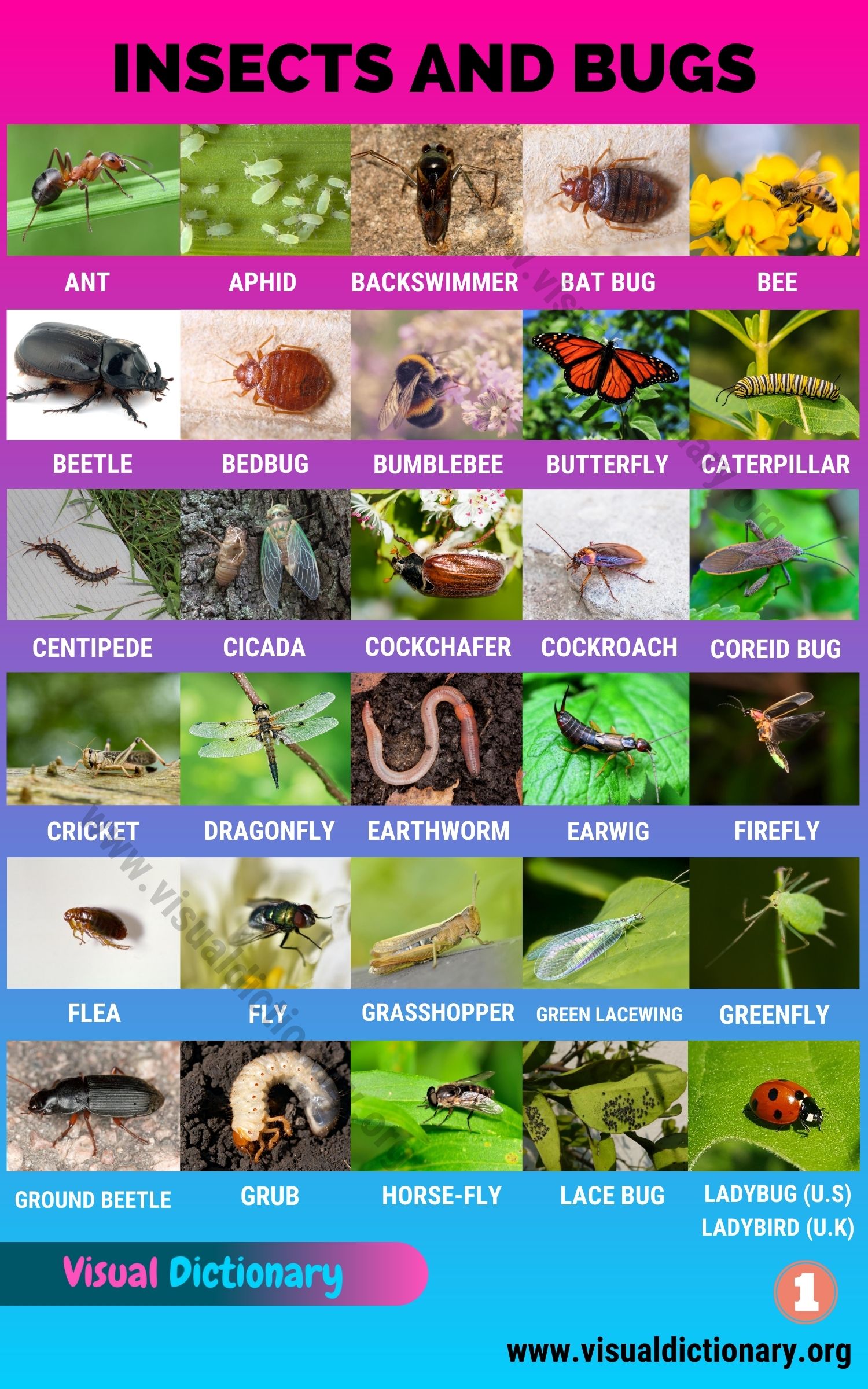
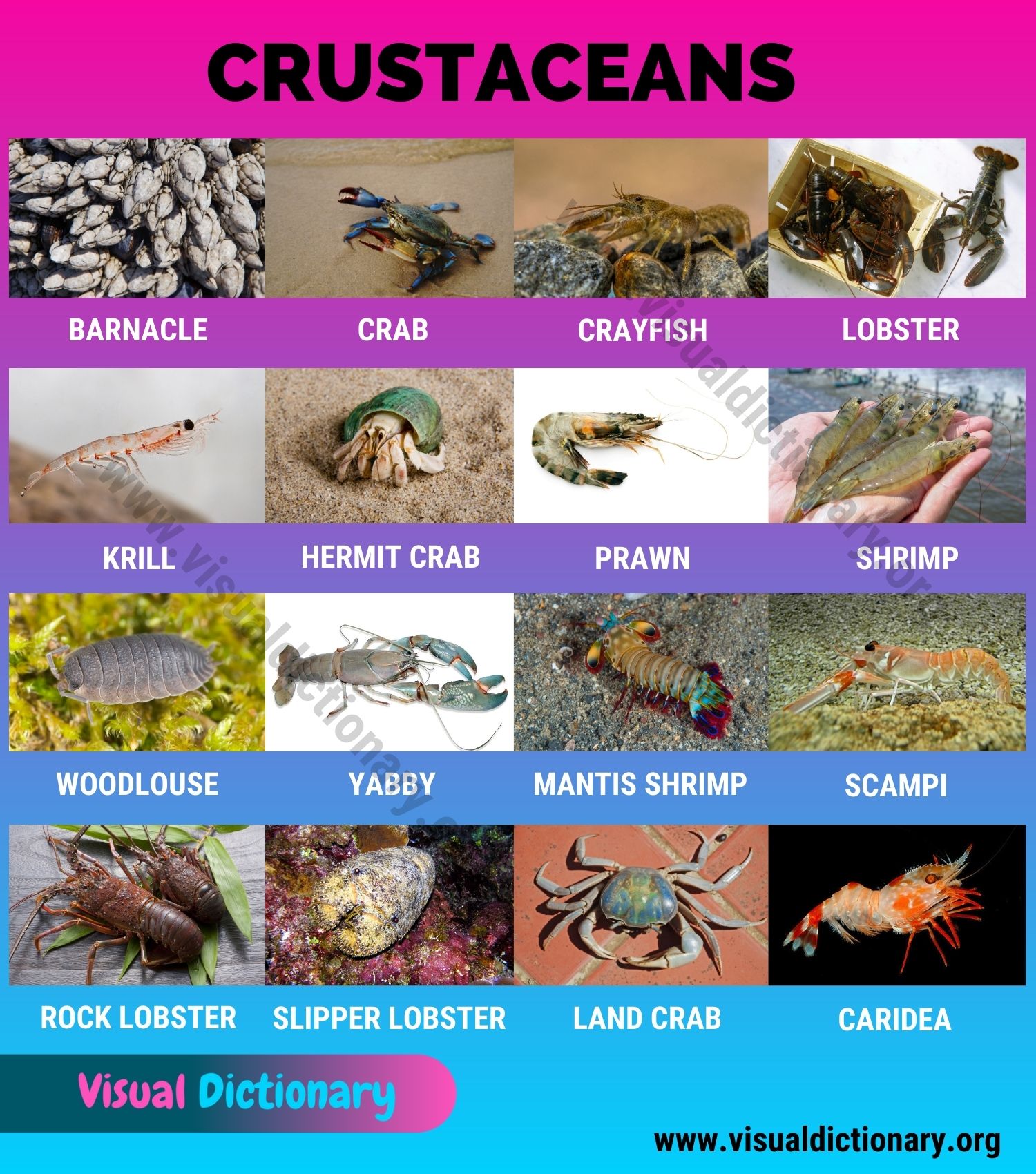











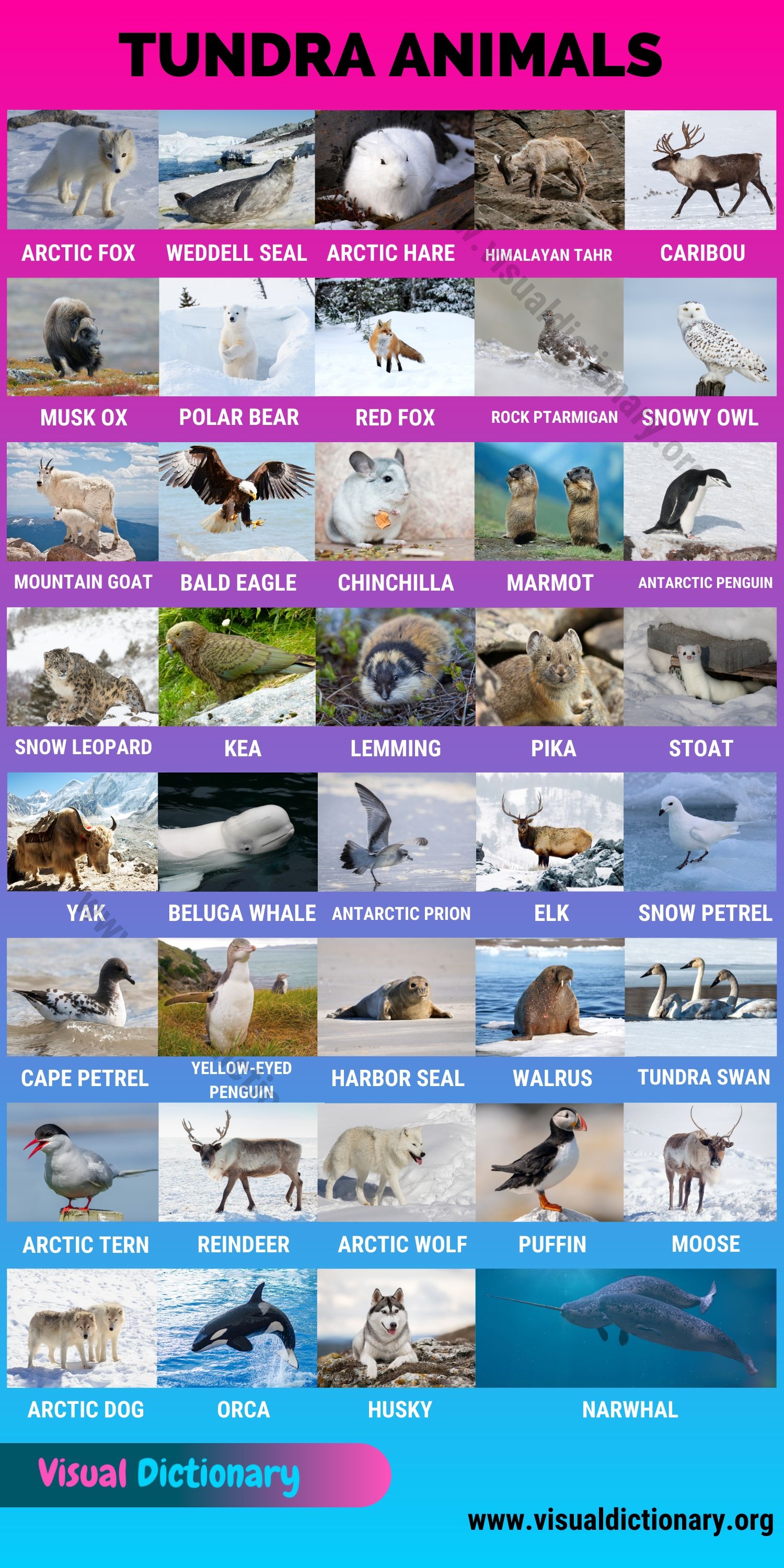




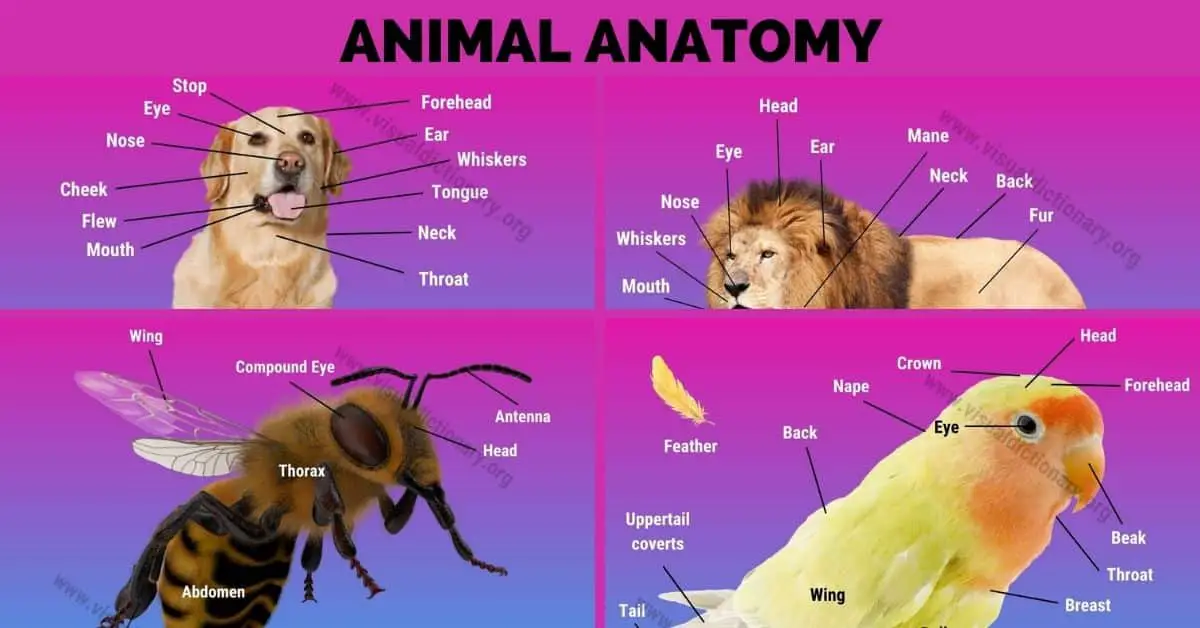

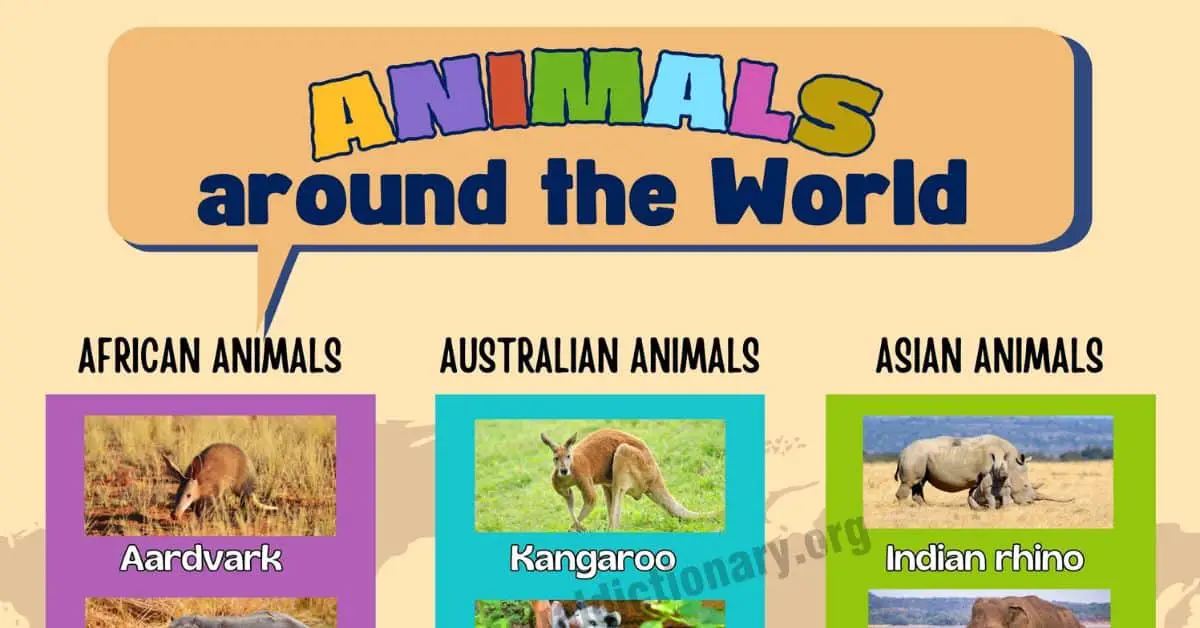



i want mishrahari i don’t like ur channel
VERY GOOD JOB, i like this good job!
You have mantis shrimp but not praying mantis???
One of a kind. Excellent!!!
There is a praying mantis
Good Job